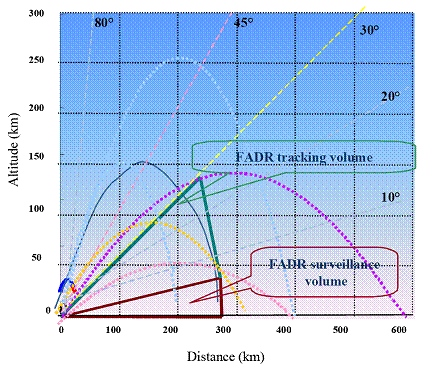Sorry for borrowing this land to request some help.
I have found a very interesting news, but since I am still a fresh member here, I can not start a thread. So, is there anyone be kind to start a thread using the following source?
 China overtakes Japan as most important U.S. partner in Asia: poll+
China overtakes Japan as most important U.S. partner in Asia: poll+
TOKYO, June 1 (AP) - (Kyodo)China overtook Japan as the most important partner for the United States in Asia for the first time since 1985, reflecting the country's increasing economic weight, according to the results of a survey covering about 200 U.S. opinion leaders released Tuesday by the Japanese Foreign Ministry.
The U.S. survey commissioned to Gallup in February and March by the ministry also showed that Japan tied with China for the position of the most important U.S. partner in Asia in a poll of some 1,200 people aged 18 or above among the general public.
Among the opinion leaders, 56 percent said China is the most important partner in Asia for the United States, compared with 36 percent who named Japan. The poll of the general public put both countries at 44 percent.
The margin of error was 7 percent for the opinion leaders and 3 percent for the general public, according to the ministry.
As for reasons why the opinion leaders chose China or Japan as the most important U.S. partner in Asia, economic ties and U.S.-bound investment topped the list for both countries, while they cited the size of national land and population for China and the alliance and friendship for Japan as the second most common reason.
The Gallup research, conducted almost every year since 1960, demonstrated that U.S. confidence in Japan remains almost unchanged despite a recent bilateral row over the relocation of a U.S. base in Okinawa.
Ninety percent of the polled leaders in the U.S. government, academic, business, media, religion and labor sectors as well as 79 percent of the general public viewed Japan "as a dependable ally or friend," compared with 91 percent and 80 percent in the previous year.
On the Japan-U.S. security treaty, which marked its 50th anniversary this year, 90 percent of the opinion leaders and 86 percent of the general public said the pact "should be maintained," showing continued strong support for the security arrangement.
On the economic front, 64 percent of the opinion leaders and 54 percent of the general public supported the idea of signing a free trade agreement between Japan and the United States, while 49 percent of the leaders backed the introduction of Japan's high-speed railway system to their country.
The question on the railway system was included in the survey for the first time and posed only to the opinion leaders.
Asked whether they support the idea of Japan becoming a permanent U.N. Security Council member, opinion leaders were split with 56 percent backing it and 41 opposing it.
Of those against the idea, 69 percent said Japan lags behind other countries in providing contributions in personnel in the areas of U.N. peacekeeping operations and multinational forces. This question was posed only to the opinion leaders.
China overtakes Japan as most important U.S. partner in Asia: poll+










 ...May be I should be China's Minister of Defense...
...May be I should be China's Minister of Defense...


